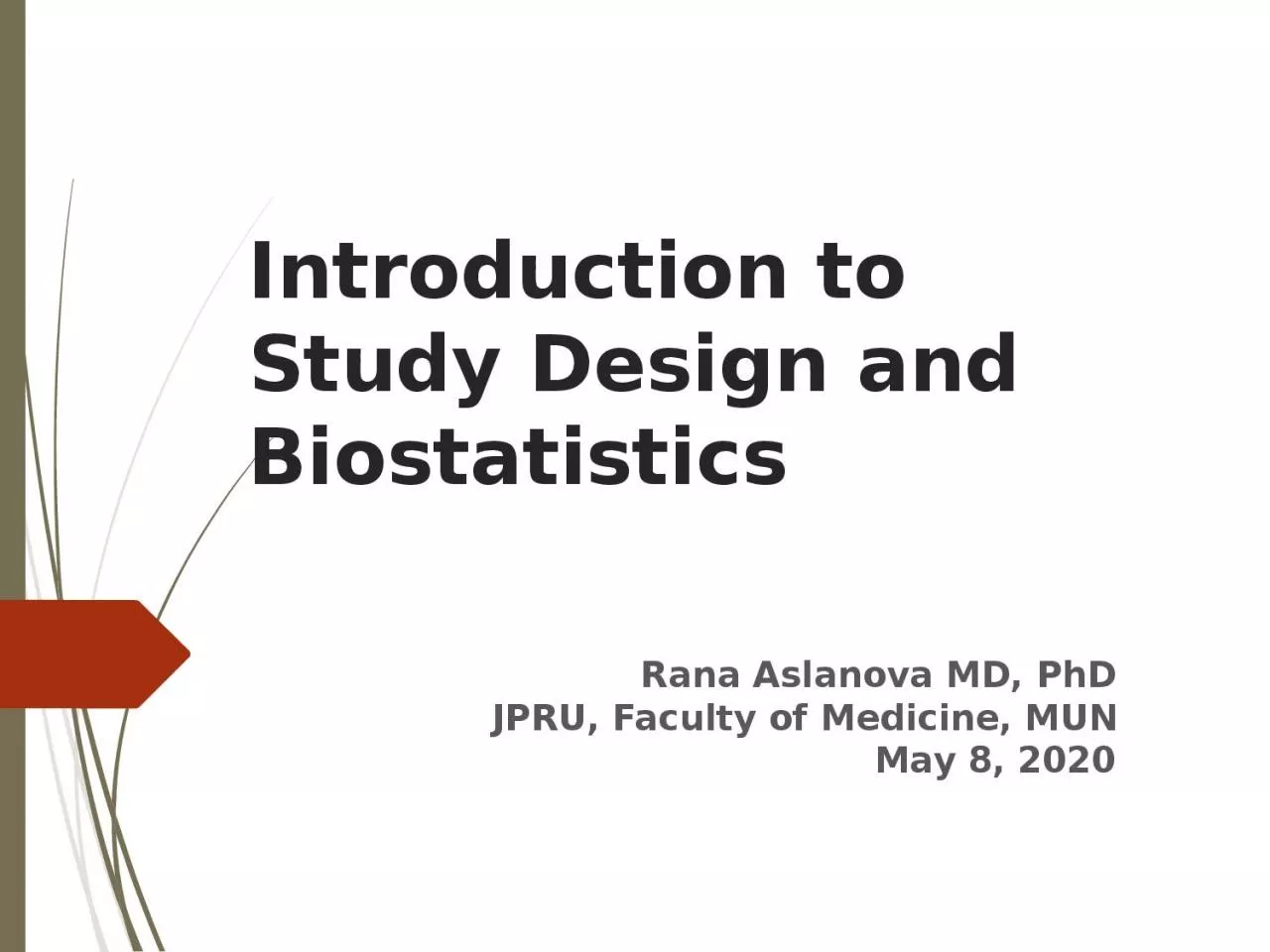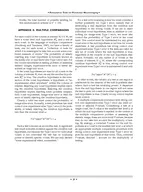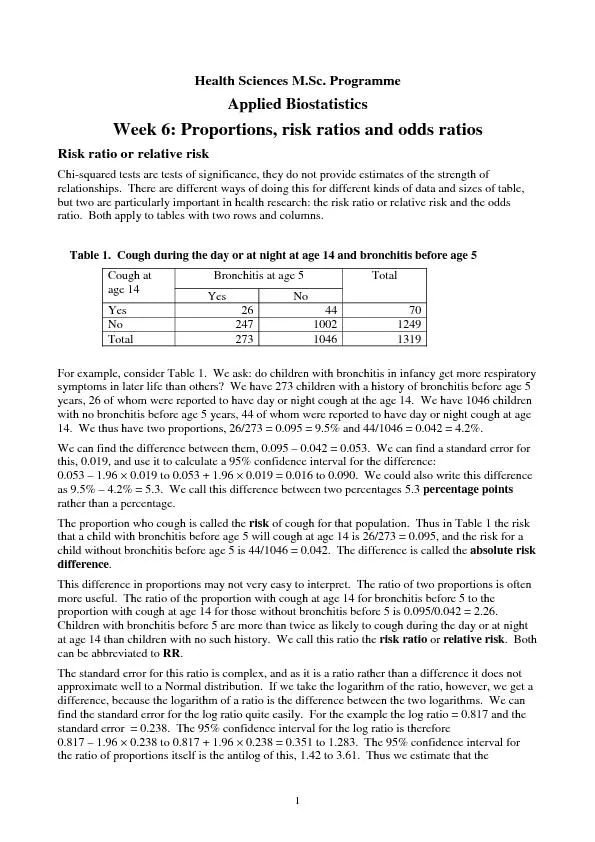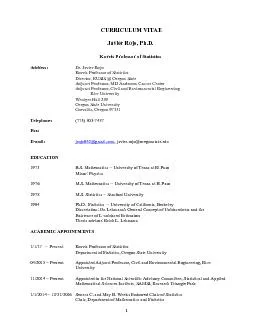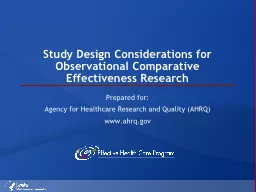PPT-Introduction to Study Design and Biostatistics
Author : piper | Published Date : 2024-02-02
Rana Aslanova MD PhD JPRU Faculty of Medicine MUN May 8 2020 How Do I Get Started Where to Look First Step Research Idea or Initial Problem
Presentation Embed Code
Download Presentation
Download Presentation The PPT/PDF document "Introduction to Study Design and Biostat..." is the property of its rightful owner. Permission is granted to download and print the materials on this website for personal, non-commercial use only, and to display it on your personal computer provided you do not modify the materials and that you retain all copyright notices contained in the materials. By downloading content from our website, you accept the terms of this agreement.
Introduction to Study Design and Biostatistics: Transcript
Download Rules Of Document
"Introduction to Study Design and Biostatistics"The content belongs to its owner. You may download and print it for personal use, without modification, and keep all copyright notices. By downloading, you agree to these terms.
Related Documents

